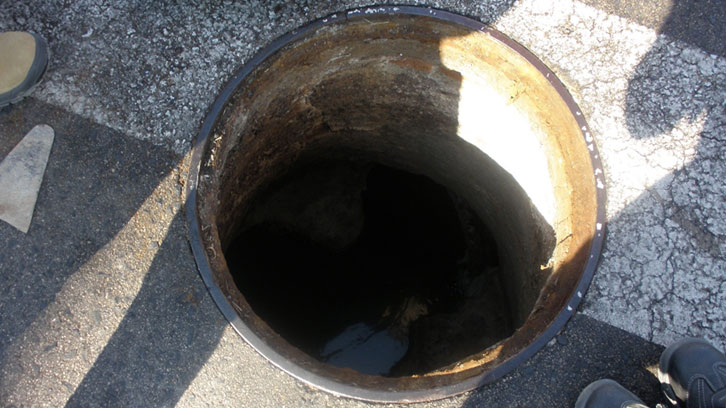Minimizing the Environmental Impact of Urban Sewer Networks

Currently, urban population is increasing, especially in developing countries. A key issue in these countries is the design and construction of water supply and sewer networks. Therefore, proper wastewater management is essential to guarantee a basic, sanitary and environmental quality in cities. An innovative element that should be considered is the minimization of the global environmental impact of sanitation infrastructures.
In this sense, Sostenipra research group (ICTA-UAB) analyzed sewer networks in Mediterranean and Atlantic cities in the framework of the LIFE+AQUAENVEC project, which assessed the environmental and economic performance of the urban water cycle. In the case of sewers, and specifically their operation phase, urban structure plays an important role in determining the resource consumption due to the need for pumping wastewater to the wastewater treatment plant (WWTP). Topographic slope, isolated neighbourhoods, water consumption and distance to the WWTP might influence the energy consumption of this system.
In order to determine the effect of these parameters, a sample of 68 Spanish cities was studied. First, it was estimated that 6.4 kWh/inhabitant are consumed and 2.3 kg CO2 equivalent/inhabitant are emitted every year on average. Surprisingly, these emissions and the ones of WWTPs have the same order of magnitude. In sewers, they can be equivalent to up to 50% of the energy used for treating wastewater.
Second, differences among cities were observed. On the one hand, Atlantic cities consume five times as much energy as Mediterranean cities. This is mainly due to the more intense precipitations in Atlantic areas, which result in greater demand for pumping water. On the other hand, distance to the sea also shows certain influence on the results. Cities located near the coast need up to three times as much energy as inland cities. Especially in the Mediterranean coast, it can be seen how WWTPs are located far away from the sea and at higher altitude with respect to the residential area. This is related to aesthetics and the land cost and availability. Therefore, wastewater has to be pumped more often – stagnation is common at sea level as it is a flat area – and transportation distances are longer.
Thus, environmental and urban planning are fundamental in the design of the urban water cycle. These results aim to help in the management of future settlements, especially in developing countries, or the update of older networks in our cities. Considering that the sewer length in a city can reach tens of kilometers – often it might be even longer than transportation infrastructures –, proper management might reduce the environmental footprint of urban systems.
Institute of Environmental Science and Technology (ICTA)
References
Petit-Boix, Anna; Sanjuan-Delmás, David; Chenel, Sergio; Marín, Desirée; Gasol, Carles M.; Farreny, Ramon; Villalba, Gara; Suárez-Ojeda, María Eugenia; Gabarrell, Xavier; Josa, Alejandro; Rieradevall, Joan. Assessing the Energetic and Environmental Impacts of the Operation and Maintenance of Spanish Sewer Networks from a Life-Cycle Perspective. Water Resources Management. 2015, vol. 29, num. 8, p. 2581-2597. doi: 10.1007/s11269-015-0958-2.


